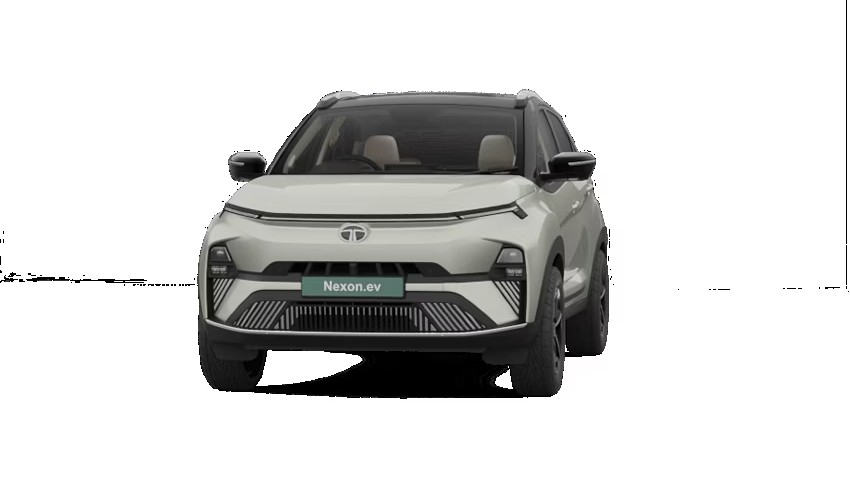
Tata Motors is gearing up for a major transformation. The company has unveiled an ambitious plan involving ₹33,000–35,000 crore investment over the next five years to plug product gaps, tap into emerging segments, and retain leadership in electric mobility. With this strategy, Tata Motors aims to expand its passenger vehicle market share to 18–20% by FY30.
Highlights
- 30 new models including 7 all-new nameplates planned by 2030
- Targeting premium ICE, hybrid and EV segments in ₹10–20 lakh space
- Nexon replacement, Sierra EV, Scarlett SUV and Avinya EVs in the pipeline
- ₹35,000 Cr investment to support platform, R&D, electrification and digitalization
Massive Product Overhaul: 30 Models, 7 New Nameplates
Tata will introduce 30 new models across ICE, EV, and hybrid powertrains by FY30, with seven being entirely new nameplates. These include:
- Nexon replacement (codename: Garud) – H2 2026
- All-new Harrier & Safari (Taurus & Leo) – 2027
- Sub-4m lifestyle SUV Scarlett
- Electric crossovers Kuno & Terra
- Updated Punch (Oct 2025)
- New ICE and EV vehicles under Sierra and Avinya branding
Tata Motors is not just refreshing existing models but shifting to a more purpose-specific product line-up targeting compact urban EVs, midsize family SUVs, and premium electric vehicles.
Reclaiming the ₹10–20 Lakh Sweet Spot
One of Tata’s key focus areas is the ₹10–20 lakh segment where it has historically had limited play. This space is crucial to take on rivals like Hyundai, Toyota, and Mahindra. With new entrants like the Sierra and Garud, Tata aims to capture a wider audience from both ICE and EV customer bases.
In the premium SUV space (₹20 lakh+), Mahindra has had an upper hand recently. Tata plans to counter this with next-gen Harrier and Safari built on a new platform, longer dimensions, 4WD options, and advanced connected features.
Also Read: Tata Motors Partners With Desay SV To Fast-Track Software-Defined Vehicle Strategy
Electrification Strategy: Avinya Brand, 2-2-2 Product Format
Tata aims to retain its EV leadership, which dipped to 35% in May 2025, by adopting a “2-2-2” product philosophy:
- 2 Entry EVs (under ₹12 lakh, ~200km range)
- 2 Mid EVs (₹12–20 lakh, ~300–350km range)
- 2 Premium EVs (₹20 lakh+, 400+km range)
Avinya will serve as Tata’s premium Gen-3 EV sub-brand, with long-range, fast-charging EVs starting 2027. Two concepts have already been showcased, and development is ongoing.
The Digital Shift: Software-Defined Vehicles and Tidal Architecture
A key pillar of Tata’s transformation is its push for software-defined vehicles (SDVs). Under the new “Tidal” architecture, the company is working on:
- Centralized computing
- OTA (Over-the-Air) updates
- ADAS and digital cockpit systems
More than 100 engineers are working in collaboration with Tata Technologies, Elxsi, TCS and Desay SV to bring this to life.
Charging Infrastructure and Hybrid Exploration
To support rising EV adoption, Tata is setting up 4 lakh chargers by 2030, including 500 megachargers. It’s also working on improving home/workplace charging and may introduce range-extender hybrids in select segments by 2027–28.
Tata’s Comeback Blueprint: Premium + Electric + Digital
With a three-pronged focus on premiumisation, electrification, and digitisation, Tata Motors is preparing to become a true full-spectrum player in the Indian automotive market. A rejuvenated product line, strong EV roadmap, and robust investment in tech and R&D show the company’s intent to bounce back stronger than ever.
Only time will tell if this bold ₹35,000 crore strategy will pay off—but the game is definitely on.
